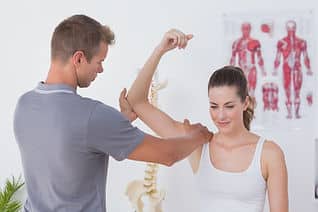
Our Physical Therapy service provides a customize treatment plan to alleviate problems in upper extremity, cervical, and lower extremity. All treatments are delivered in an individualized, one-one-one care approach. Our goal is to optimize each client's return to normal activity following injury.
Cumulative Trauma Disorders
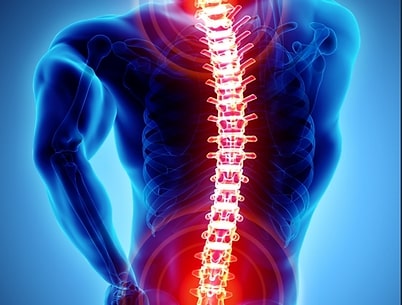
Cumulative trauma disorders are occurrences in which body structures have been stressed and loaded over time causing problematic dysfunction during activities of daily living. Commonly referred to as repetitive injury from “wear and tear,” cumulative trauma disorders are often ergonomically related.
- Generalized low back pain
- Nerve-related pain of the lower extremities
- Femoral-acetabular impingement (hip pain)
- Gluteal tendinopathy (hip pain)
- Patellar tendinopathy (knee pain)
- Achilles tendinopathy (ankle pain)
- Neck related tension type headaches
- Numbness/tingling in arms and/or hands
Acute Trauma Disorders
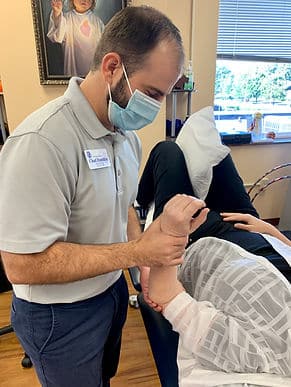
Acute trauma occurs when body structures are damaged by sudden injury.
- Shoulder
- Instability
- (ie. dislocations;pre/post surgery)
- General and complex post-surgical shoulder rehabilitation
- Fracture repair
- Rotator cuff repair
- Tendon/nerve transfer
- Instability
- Sports injuries
- Fractures/dislocations
- Spinal fractures
- Neck
- Hip
- Knee
- Ankle
Degenerative / Chronic Conditions
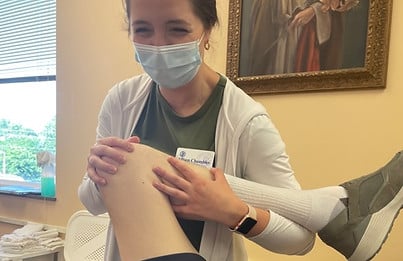
- Glenohumeral (shoulder) osteoarthritis
- Hip osteoarthritis
- Knee osteoarthritis
Dry Needling
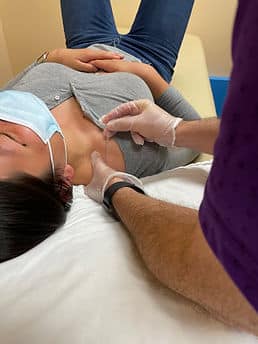
Dry needling treats muscle tissue, and its goal is to reduce pain, inactivate trigger points and restore function.
- Myofascial Pain
- Sports Injuries
- Chronic Pain
TMJ Disorder
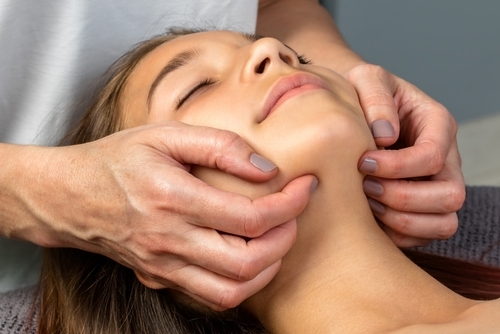
Physical Therapists can evaluate the TMJ, cervical spine and surrounding muscles for dysfuntion. The treatment techniques include:
- Joint mobilization
- Soft tissue mobilization
- Postural re-education
- Dry-needling
- Mobility/Stability based exercise
- Patient education on self-management
Pelvic Floor Dysfuction
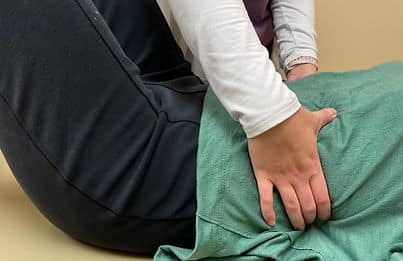
Physical therapy can assist in treating muscle tightness and dysfunction secondary to several pelvic health issues including:
- Urinary and fecal incontinence
- Postpartum care
- Dyspareunia and vulvodynia
- Chronic pelvic pain
- Tailbone pain/coccydynia
Parkinson's Rehabilitation
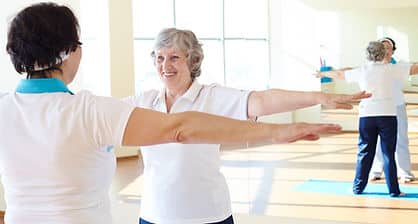
LSVT BIG is a program designed specifically to treat patients with Parkinson's disease or Parkinson-like symptoms. The program trains patients to move their body more normally, as they typically develop smaller, slower movements. This can affect their ability to walk and perform daily activities, such as getting up from a chair or buttoning a shirt. Treatment is focused on retraining how patients perceive their movements, using extra effort to perform bigger movements, in order to perform activities more safely and efficiently.
